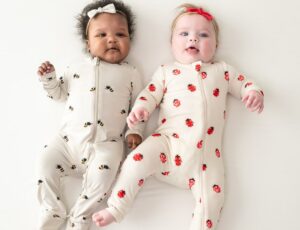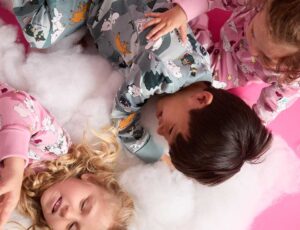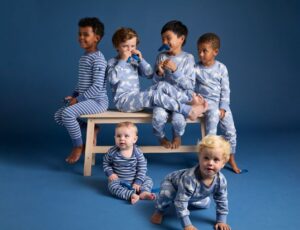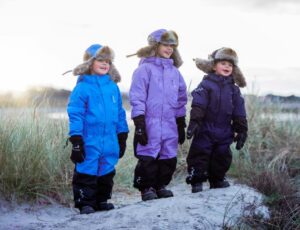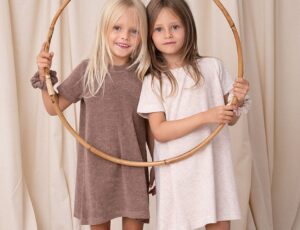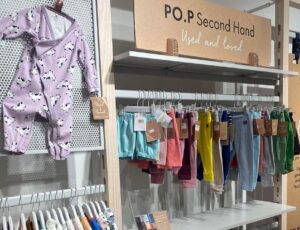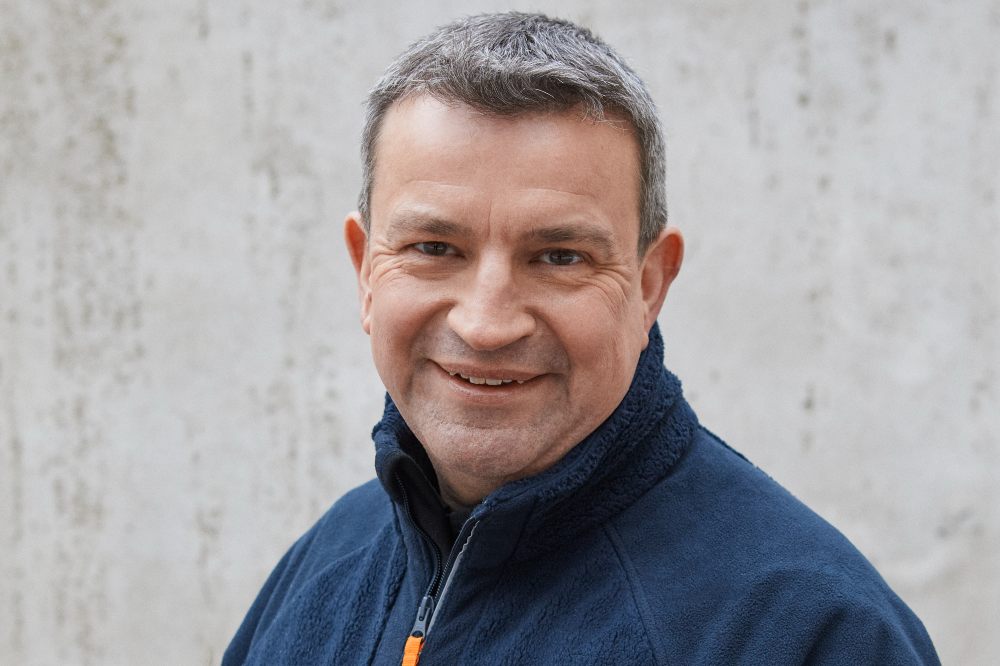
Founded in 1976 with a commitment for every garment to last at least three children, Swedish childrenswear brand PO.P, formally known as Polarn O. Pyret, has always been ahead of its time. Over the decades, the multi-award-winning brand has continued improving its ethical ethos to run a business that is better for the planet. Today, PO.P is leading the sector with its circular fashion model encompassing both buy-back and rental schemes. CWB speaks to company CEO Johan Munck about the brand’s journey so far and its ongoing commitment to sustainability.
Laura Turner: What is your professional background and when did you join PO.P?
Johan Munck: I have been a retailer all my working life. I started at H&M in Sweden, although I moved abroad quite early in my career and it took me 19 years before I returned to my home country again. During that time, I also worked for other major retailers including Esprit and New Look in six different European countries. I started at PO.P at the beginning of February 2020, a few days before the Covid pandemic hit. It’s been really interesting times these past four years. We have managed a constant flow of extraordinary challenges, but despite it all, a continuous team effort has resulted in a much more stable and solid company now than before the pandemic.
LT: Can you give me a brief history of PO.P?
JM: The Adamsson family started ‘Pyret’ (“The Little One”) in Sweden in 1939 selling handmade babywear. The brand as we know it today was born in 1976, meaning we have been designing and developing high-quality clothing for nearly five decades. In 1976 the aim was to help make life easier for busy working families with quality clothes that were easy to care for and could be handed down. Today, our main promises to the customer remain the same as they were then; we are dedicated to creating high-quality clothes that can be loved, worn, and handed down to at least three children. PO.P is now a well-known Swedish brand for baby and childrenswear, with products that are designed, produced and distributed through online, proprietary-, franchise- and department stores. We are established in 10 markets and on 11 ecommerce platforms. Our head office is in Stockholm, Sweden, and we have a production office in Hong Kong, as well as offices in the UK and Finland. We have established a position as the leading brand for childrenswear in the quality segment of the Nordic market, and our clothing is recognized for its high-quality, functionality, design and sustainability.
LT: What sets PO.P apart from the competition?
JM: The clothing industry has a big environmental impact and the best we can do is to use the garments we have for longer. We therefore work with several initiatives aimed at increasing the lifespan of each garment, such as a more timeless design and quality that lasts for more children. In this way, we can produce fewer but more attractive products that last longer. We place circularity at the base of our business model. With a holistic approach to circularity, we take every decision – from planning and design to customer experience – into consideration. It is crucial that we, as a company, create more with less, delivering products that provide great value to our customers while reducing our impact on the planet. Our goal is that our clothes can be handed down and worn by three children, at least. Last year, 63% of our outerwear was worn by three or more children, something we take great pride in. Another fantastic achievement last year was the expansion of our second-hand business, nearly doubling the volumes sold to 94,000 items. While most of our second-hand merchandise was sold in our stores in the Nordics, we have initiated an online solution for selling second-hand merchandise in the UK, which was recognised with the prestigious Drapers Sustainable Fashion Award. A similar online solution will now be rolled out for all our markets based on our lessons learned in the UK.
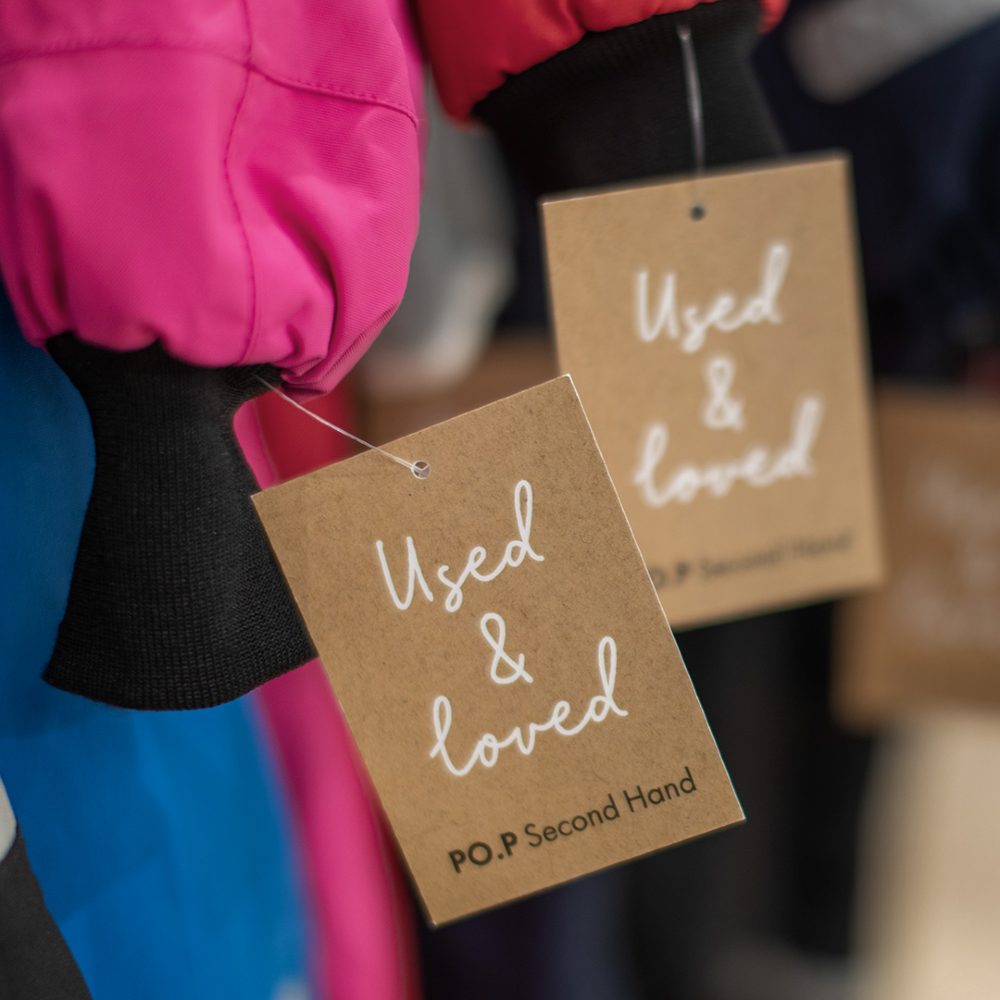
LT: What inspired the creation of your Second-Hand Service?
JM: We found our customers wanted to buy and sell their pre-loved PO.P items but weren’t actually doing it, so we removed some of the barriers that were preventing them from doing so. For example, we offer a free postage service for people to send the items to us and also free returns if they buy a second-hand item that doesn’t fit. We understand that our offering in the UK is quite unique, since we have truly integrated second-hand into our core business. We take full ownership of the items by putting them through a rejuvenation process where basic repairs are carried out and they are cleaned using an Ozone chamber to remove odours and bacteria, so customers can be confident about buying a used item. Second-hand items can also be bought on our very own website alongside new PO.P items – we want the experience to be as seamless as buying new.
LT: How do you communicate your brand values?
JM: We try to make our communication with the customers as simple and transparent as possible. Our promise, that our clothes can be worn by three children, at least, means not only quality that lasts but also design that lasts over time. Through consistency and delivering on our promise, we aim to increase awareness of our brand’s quality and sustainable offer.
LT: What does your PO.P+ Membership offer?
JM: In the UK, we offer free repairs on outerwear, free delivery periods and exclusive discounts, and we are soon launching a loyalty scheme in the UK, as we have in the Nordics.
LT: Do you make more as a business by selling less?
JM: We believe that it’s crucial for us as a company to create more with less by delivering products that provide great value to our customers while reducing our impact on the planet. Our goal is that our clothes can be handed down and worn by three children and thanks to an easy second-hand customer journey, we facilitate our customers to reuse their children’s clothing. So, we proportionally sell less new merchandise and much more second-hand, which we believe is the best way forward for our industry to drastically lower its environmental footprint.
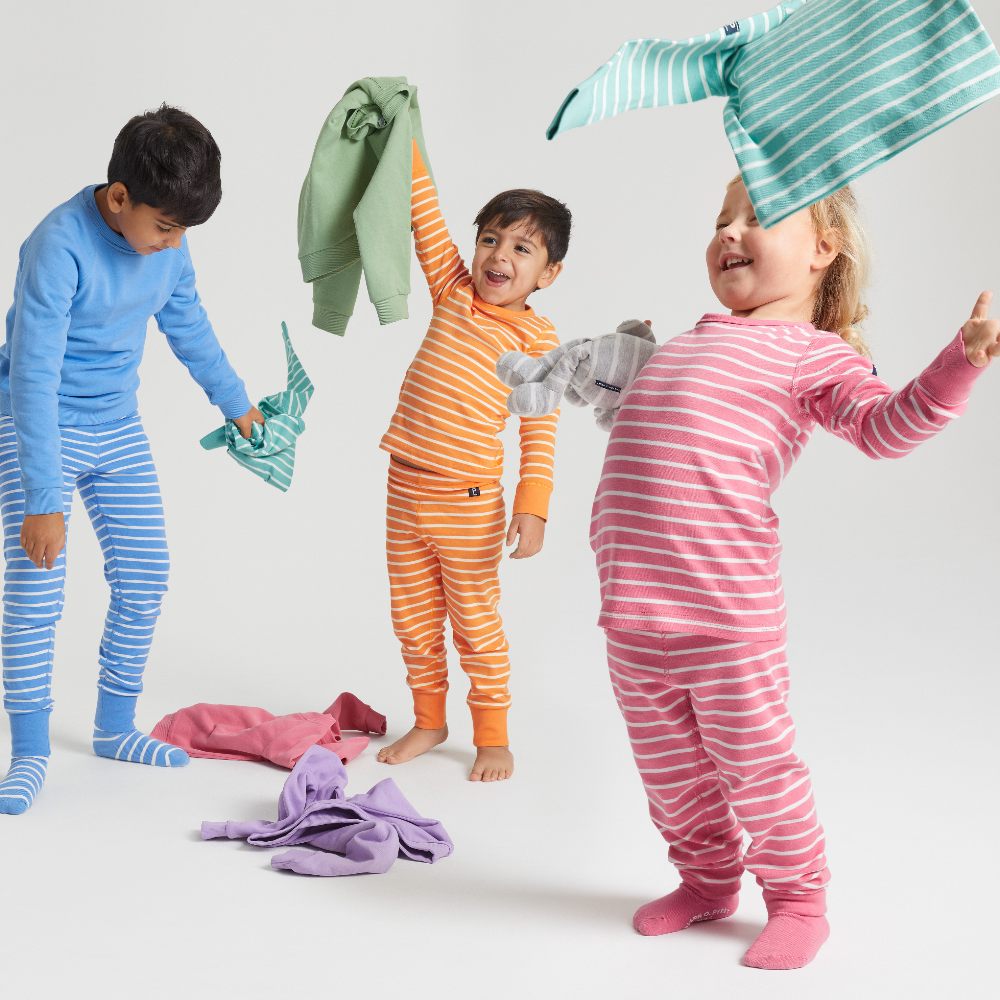
LT: What are PO.P’s future sustainability goals?
JM: We want to reduce our greenhouse gas emissions by at least 50% by 2030. With this goal, we are reducing climate emissions in line with the Paris Agreement, and we aim to be climate neutral by 2045. I believe you must aim high and be bold in your decisions to reach the goals but also to challenge the whole industry. For example, we have stopped selling all traditional rainwear, even though it was a significant part of our sales. We simply could not find a way of producing it that lived up to our standard from a sustainability point of view.
LT: Do you feel the childrenswear industry is doing enough to reduce its impact?
JM: We are on a journey towards making the entire children’s clothing industry more sustainable. This requires hard work, and we try to share insights and results with the entire industry so that we can improve together. Transparency is key so that every stakeholder can take part in the progress made and we can all improve.
LT: As a leader in sustainable and circular fashion, what advice would you have for childrenswear brands starting their sustainability journeys?
JM: Almost 90% of our environmental footprint is created in the production of our clothing where we, as most of our colleagues in the industry, do not own the factories. So, you must have control and full focus on great partnerships with garment suppliers that really want to make a difference if you ever should achieve high-set sustainability targets.
For further information, please click here.






